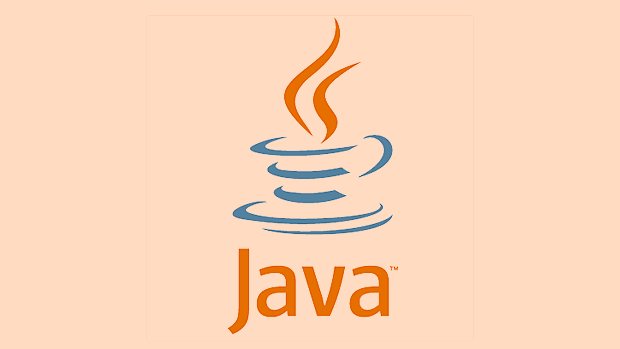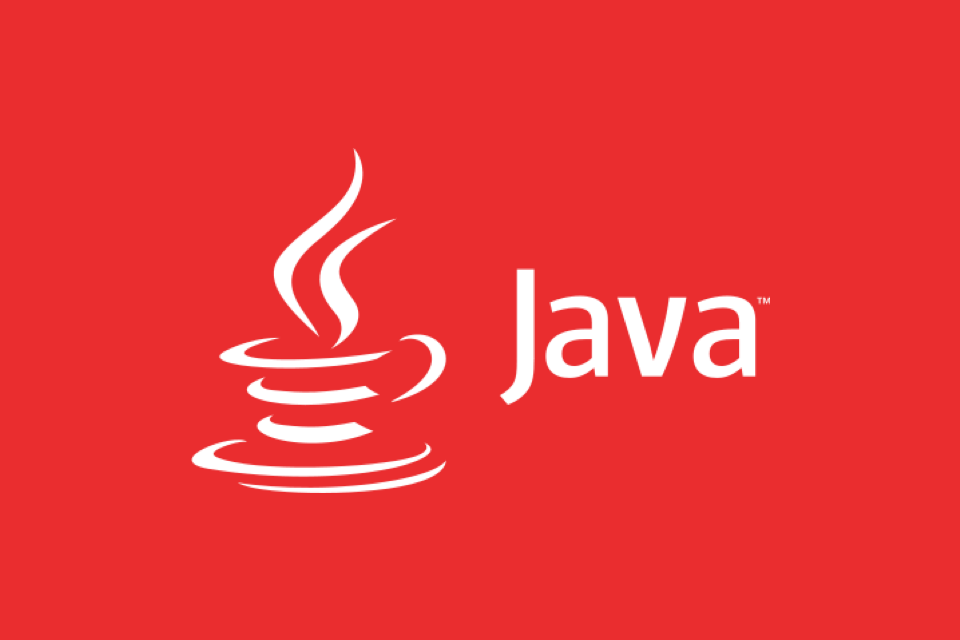Java thread dump is a key tool for troubleshooting performance issues, deadlocks and blocking problems, recording the status and call stack of all threads at a certain moment in the JVM. The methods of obtaining include: 1. Use jstack tool to execute jstack

Java thread dump (Thread Dump) is a key tool for troubleshooting performance problems, deadlocks, blockages and other problems. It records the status and call stack of all threads of the JVM at a certain moment, which can help us quickly locate common problems such as system lag and resource contention.

How to get thread dump
There are many ways to get thread dumps, common ones include:
- Use
jstacktool: This is the most commonly used method, the command isjstack <pid></pid>, where<pid></pid>is the ID of the Java process. - Send SIGQUIT signal: In Unix/Linux systems, the thread dump output can be triggered by
kill -3 <pid></pid>. - Use graphical tools such as JVisualVM or JConsole to view and export.
- In container or cloud environments, it can also be obtained through the diagnostic interface provided by the platform.
The content obtained is a set of thread snapshots, each containing state (such as RUNNABLE, BLOCKED), priority, ID, and call stack information.

Thread state interpretation and FAQ identification
The most critical parts of a thread dump are the thread state and the call stack. The following are several common states and their meanings:
- RUNNABLE : A thread is running or ready to run, which does not necessarily mean efficient, but may also be a CPU-intensive task.
- BLOCKED : The thread is waiting to enter a synchronization block, probably because lock competition is fierce.
- WAITING / TIMED_WAITING : The thread is waiting for certain conditions to be met, such as waiting for notification or timeout.
When you see a large number of threads in BLOCKED state, especially waiting for the same lock object, there is a high risk of concurrency bottlenecks or deadlocks.

For example, a typical BLOCKED thread log is as follows:
"pool-1-thread-2" #10 prio=5 os_prio=0 tid=0x00007f8a4c0d3800 nid=0x5e6b waiting for monitor entry [0x00007f8a3c9d2000]
java.lang.Thread.State: BLOCKED (on object monitor)
at com.example.MyService.doSomething(MyService.java:45) This means that the thread is blocked when trying to enter doSomething() method, indicating that there may be multiple threads competing for the same lock.
Basic steps to analyze deadlocks
Java's own jstack tool can automatically detect deadlocks and give prompts in the output. Find the keyword "Deadlock" and you can quickly locate it.
If you analyze manually, you can follow the following steps:
- Find threads with status
BLOCKED. - Observe the lock object address it is waiting for (for example,
waiting to lock <0x000000076ab12345>). - Find the thread holding the lock and see if it is also waiting for another lock.
If two threads are found to be waiting for each other's locks held by each other, it constitutes a deadlock.
For example:
Found one Java-level deadlock: ======================================== "Thread-1": waiting to lock monitor 0x00007f8a4c0d3800 (object 0x000000076ab12345, a java.lang.Object), which is held by "Thread-2" "Thread-2": waiting to lock monitor 0x00007f8a4c0d3810 (object 0x000000076ab12346, a java.lang.Object), which is held by "Thread-1"
This example clearly shows that two threads wait for each other to release the lock, forming a circular dependency, causing a deadlock.
Common Patterns and Optimization Suggestions
In addition to deadlocks, there are some common thread behaviors that are worth paying attention to:
- A large number of threads are in WAITING state, which may be due to unreasonable thread pool configuration or low task processing efficiency.
- Frequent switching of states by threads (such as switching from RUNNABLE to WAITING) may indicate I/O blocking or delay in external service calls.
- Some threads stay on a certain line of code for a long time, which may imply that the method is executed for too long and requires further performance analysis.
Optimization suggestions include:
- Adjust the thread pool size to avoid resource contention caused by creating too many threads.
- Avoid unnecessary synchronization and reduce lock granularity.
- Use ReentrantLock instead of synchronized for more flexible control.
- Perform asynchronous processing or splitting of long-term operations.
When encountering complex situations, you can import thread dumps into some visual analysis tools, such as VisualVM, FastThread, or Samurai, which can help you discover problems more intuitively.
Basically that's it.
The above is the detailed content of Understanding Java Thread Dump Analysis. For more information, please follow other related articles on the PHP Chinese website!

Hot AI Tools

Undress AI Tool
Undress images for free

Undresser.AI Undress
AI-powered app for creating realistic nude photos

AI Clothes Remover
Online AI tool for removing clothes from photos.

Clothoff.io
AI clothes remover

Video Face Swap
Swap faces in any video effortlessly with our completely free AI face swap tool!

Hot Article

Hot Tools

Notepad++7.3.1
Easy-to-use and free code editor

SublimeText3 Chinese version
Chinese version, very easy to use

Zend Studio 13.0.1
Powerful PHP integrated development environment

Dreamweaver CS6
Visual web development tools

SublimeText3 Mac version
God-level code editing software (SublimeText3)
 Asynchronous Programming Techniques in Modern Java
Jul 07, 2025 am 02:24 AM
Asynchronous Programming Techniques in Modern Java
Jul 07, 2025 am 02:24 AM
Java supports asynchronous programming including the use of CompletableFuture, responsive streams (such as ProjectReactor), and virtual threads in Java19. 1.CompletableFuture improves code readability and maintenance through chain calls, and supports task orchestration and exception handling; 2. ProjectReactor provides Mono and Flux types to implement responsive programming, with backpressure mechanism and rich operators; 3. Virtual threads reduce concurrency costs, are suitable for I/O-intensive tasks, and are lighter and easier to expand than traditional platform threads. Each method has applicable scenarios, and appropriate tools should be selected according to your needs and mixed models should be avoided to maintain simplicity
 Best Practices for Using Enums in Java
Jul 07, 2025 am 02:35 AM
Best Practices for Using Enums in Java
Jul 07, 2025 am 02:35 AM
In Java, enums are suitable for representing fixed constant sets. Best practices include: 1. Use enum to represent fixed state or options to improve type safety and readability; 2. Add properties and methods to enums to enhance flexibility, such as defining fields, constructors, helper methods, etc.; 3. Use EnumMap and EnumSet to improve performance and type safety because they are more efficient based on arrays; 4. Avoid abuse of enums, such as dynamic values, frequent changes or complex logic scenarios, which should be replaced by other methods. Correct use of enum can improve code quality and reduce errors, but you need to pay attention to its applicable boundaries.
 Understanding Java NIO and Its Advantages
Jul 08, 2025 am 02:55 AM
Understanding Java NIO and Its Advantages
Jul 08, 2025 am 02:55 AM
JavaNIO is a new IOAPI introduced by Java 1.4. 1) is aimed at buffers and channels, 2) contains Buffer, Channel and Selector core components, 3) supports non-blocking mode, and 4) handles concurrent connections more efficiently than traditional IO. Its advantages are reflected in: 1) Non-blocking IO reduces thread overhead, 2) Buffer improves data transmission efficiency, 3) Selector realizes multiplexing, and 4) Memory mapping speeds up file reading and writing. Note when using: 1) The flip/clear operation of the Buffer is easy to be confused, 2) Incomplete data needs to be processed manually without blocking, 3) Selector registration must be canceled in time, 4) NIO is not suitable for all scenarios.
 How Java ClassLoaders Work Internally
Jul 06, 2025 am 02:53 AM
How Java ClassLoaders Work Internally
Jul 06, 2025 am 02:53 AM
Java's class loading mechanism is implemented through ClassLoader, and its core workflow is divided into three stages: loading, linking and initialization. During the loading phase, ClassLoader dynamically reads the bytecode of the class and creates Class objects; links include verifying the correctness of the class, allocating memory to static variables, and parsing symbol references; initialization performs static code blocks and static variable assignments. Class loading adopts the parent delegation model, and prioritizes the parent class loader to find classes, and try Bootstrap, Extension, and ApplicationClassLoader in turn to ensure that the core class library is safe and avoids duplicate loading. Developers can customize ClassLoader, such as URLClassL
 How does a HashMap work internally in Java?
Jul 15, 2025 am 03:10 AM
How does a HashMap work internally in Java?
Jul 15, 2025 am 03:10 AM
HashMap implements key-value pair storage through hash tables in Java, and its core lies in quickly positioning data locations. 1. First use the hashCode() method of the key to generate a hash value and convert it into an array index through bit operations; 2. Different objects may generate the same hash value, resulting in conflicts. At this time, the node is mounted in the form of a linked list. After JDK8, the linked list is too long (default length 8) and it will be converted to a red and black tree to improve efficiency; 3. When using a custom class as a key, the equals() and hashCode() methods must be rewritten; 4. HashMap dynamically expands capacity. When the number of elements exceeds the capacity and multiplies by the load factor (default 0.75), expand and rehash; 5. HashMap is not thread-safe, and Concu should be used in multithreaded
 Effective Use of Java Enums and Best Practices
Jul 07, 2025 am 02:43 AM
Effective Use of Java Enums and Best Practices
Jul 07, 2025 am 02:43 AM
Java enumerations not only represent constants, but can also encapsulate behavior, carry data, and implement interfaces. 1. Enumeration is a class used to define fixed instances, such as week and state, which is safer than strings or integers; 2. It can carry data and methods, such as passing values ??through constructors and providing access methods; 3. It can use switch to handle different logics, with clear structure; 4. It can implement interfaces or abstract methods to make differentiated behaviors of different enumeration values; 5. Pay attention to avoid abuse, hard-code comparison, dependence on ordinal values, and reasonably naming and serialization.
 How to handle exceptions properly in Java?
Jul 06, 2025 am 02:43 AM
How to handle exceptions properly in Java?
Jul 06, 2025 am 02:43 AM
The key to handling exceptions in Java is to catch them, handle them clearly, and not cover up problems. First, we must catch specific exception types as needed, avoid general catches, and prioritize checkedexceptions. Runtime exceptions should be judged in advance; second, we must use the log framework to record exceptions, and retry, rollback or throw based on the type; third, we must use the finally block to release resources, and recommend try-with-resources; fourth, we must reasonably define custom exceptions, inherit RuntimeException or Exception, and carry context information for easy debugging.
 What is a Singleton design pattern in Java?
Jul 09, 2025 am 01:32 AM
What is a Singleton design pattern in Java?
Jul 09, 2025 am 01:32 AM
Singleton design pattern in Java ensures that a class has only one instance and provides a global access point through private constructors and static methods, which is suitable for controlling access to shared resources. Implementation methods include: 1. Lazy loading, that is, the instance is created only when the first request is requested, which is suitable for situations where resource consumption is high and not necessarily required; 2. Thread-safe processing, ensuring that only one instance is created in a multi-threaded environment through synchronization methods or double check locking, and reducing performance impact; 3. Hungry loading, which directly initializes the instance during class loading, is suitable for lightweight objects or scenarios that can be initialized in advance; 4. Enumeration implementation, using Java enumeration to naturally support serialization, thread safety and prevent reflective attacks, is a recommended concise and reliable method. Different implementation methods can be selected according to specific needs






